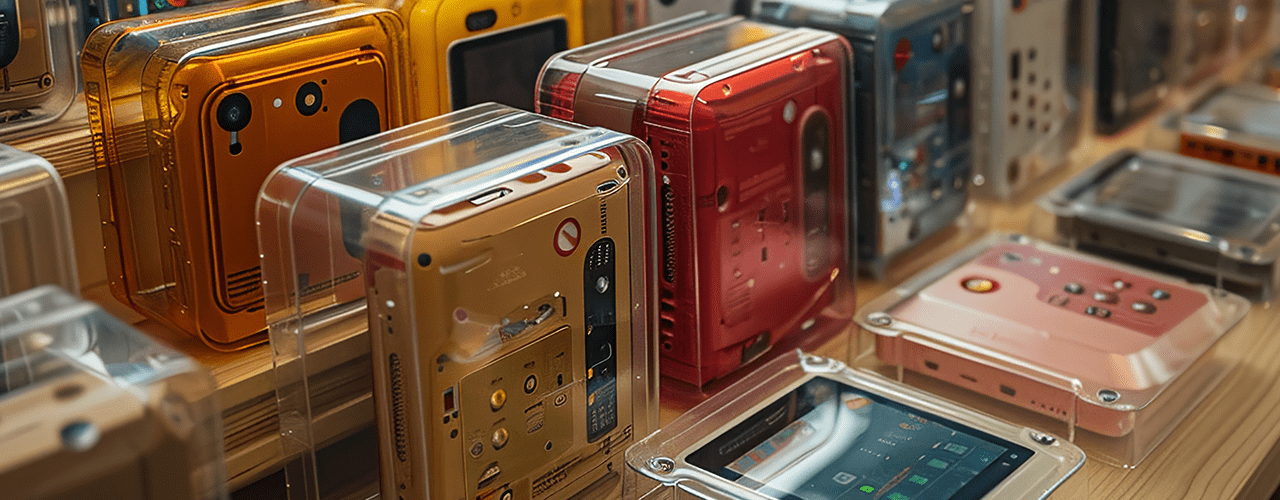Polyvinyl Chloride, more commonly known as PVC, is a versatile plastic used in a wide array of products and applications. Among its various forms, flexible PVC film and semi-rigid PVC film are particularly notable for their distinctive properties and uses. Here, we delve into the key differences between these two materials, shedding light on their unique attributes and how they cater to specific industry needs.
Flexibility and Rigidity: The Core Difference
The crux of the comparison between these two types of PVC film lies in their names: flexibility and rigidity. Flexible PVC film, as the name suggests, is pliable and can easily bend, making it suitable for applications that require material with a soft touch and the ability to conform to various shapes. Semi-rigid PVC film, on the other hand, while not as hard as rigid PVC, offers more sturdiness compared to its flexible counterpart, striking a balance between rigidity and pliability.
Applications That Leverage Flexibility and Rigidity
Flexible PVC film is widely used where flexibility is paramount. Its applications include inflatable products, flexible hoses, and protective covering for surfaces. Its ability to adapt to shapes and provide a soft barrier makes it ideal for consumer products that require a gentle yet protective material.
Semi-rigid PVC film finds its place in industries that require materials with a bit more body but still some give. This includes packaging for consumer goods, where it offers a sturdy yet slightly flexible structure to protect and display products. It is also used in the automotive industry for interior panels and in construction for various decorative applications where a firm material is desired, but some flexibility is beneficial.
Durability and Chemical Resistance
Both types of PVC film exhibit excellent durability and resistance to chemicals, making them preferred materials in environments exposed to harsh conditions. However, the specific formulation of semi-rigid PVC allows for better resistance to impacts and abrasions, catering to applications where physical resistance is critical. Flexible PVC, while also durable, focuses on maintaining its integrity under flex and torsion without cracking.
Environmental Considerations and Compliance
Flexibility and rigidity also affect the material’s environmental impact and recyclability. Both materials are designed to meet various industry standards and regulations, including those related to health and environmental safety. Manufacturers continuously work on formulations to reduce phthalates and other additives in response to regulatory requirements and market demand for safer, more sustainable materials.
Choosing Between Flexible and Semi-Rigid PVC Film
The decision between using flexible and semi-rigid PVC film ultimately boils down to the application’s specific requirements. Factors like the desired level of flexibility, the need for impact and chemical resistance, and product safety standards play crucial roles in determining the most suitable material.
In conclusion, while flexible and semi-rigid PVC films share common ground as derivatives of polyvinyl chloride, their differences in flexibility, applications, and performance highlight the versatility of PVC as a material. Understanding these distinctions helps industries and manufacturers select the right PVC film to meet their product and application needs, paving the way for innovation and efficiency in various sectors.
At Presco, we are committed to helping you achieve your specific needs with our custom Semi-Rigid PVC Film options. Our team of experts provides tailored solutions that meet your unique requirements. Don’t hesitate to contact us today to discuss how we can help bring your vision to life. Your project is our priority, and we look forward to partnering with you to deliver outstanding results.

